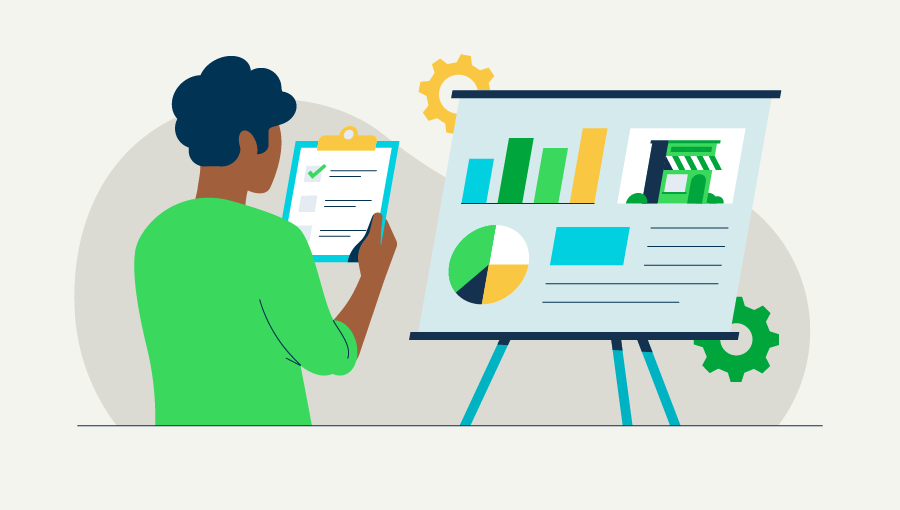Amortization isn’t just about neat bookkeeping—it helps your business account for expenses like loans, patents, or software by breaking them into bite-sized chunks.
Small businesses that track amortization can directly improve their cash-flow decisions. By evenly distributing costs, you avoid nasty surprises, keep lenders happy, and stay tax-compliant. This article explores how amortization works and how your business can use it to gain a strategic advantage.
Jump to:
- What does amortization mean in accounting?
- How amortization works: From calculation to reporting
- Types of amortization you should know
- Why amortization matters to your business
- Strategic uses of amortization for financial leaders
- Common challenges and how to avoid them
- Amortization examples
- Is your amortization strategy working for you?
- Spend more time growing your business
















